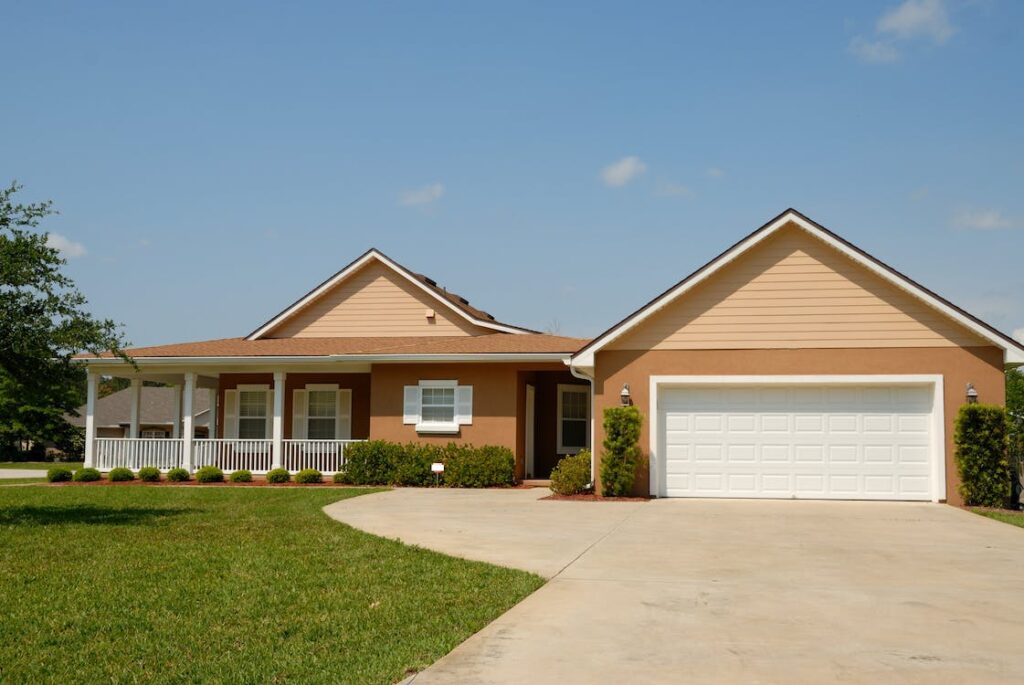The HomeReady Mortgage by Fannie Mae: A Revolutionary Approach to Affordable Living
Fannie Mae, short for the Federal National Mortgage Association, has long stood as a cornerstone in the landscape of American affordable housing. Sponsored by the government, this influential entity aims to be the backbone of the U.S. housing market by focusing on three crucial pillars: liquidity, stability, and affordability. Among its array of initiatives to meet these goals, the HomeReady Mortgage Program stands out as a game-changing strategy to help low-to-moderate-income families realize their dreams of homeownership.
Introduced back in 2015, the HomeReady Mortgage Program came as a revamp of Fannie Mae’s older product, MyCommunityMortgage. Unlike its predecessor, HomeReady was engineered to adapt to the modern face of America—a nation of diverse homebuyers with different financial profiles and housing needs. With its flexible underwriting policies, lowered mortgage insurance premiums, and a robust educational foundation for homeowners, the program sets up borrowers for success, not just in getting a mortgage but in maintaining their homes over the long term.
What truly sets HomeReady apart is its inventive approach to income eligibility. While traditional mortgage programs tend to have a tunnel-vision focus on the borrower’s individual income, HomeReady widens the lens. The program allows for the inclusion of income from other members in the household—even if they aren’t legally tied to the mortgage. This is a monumental shift that acknowledges the changing family structures and living arrangements in today’s society, such as multi-generational families sharing a home. By considering the total household income, the program paints a fuller picture of a family’s financial standing and borrowing capacity.
Another feather in HomeReady’s cap is its groundbreaking down payment structure. Breaking away from the norm, HomeReady allows borrowers to make a down payment as low as 3%, and it can come from a myriad of sources—be it gifts, grants, or other unconventional means. This element drastically lowers the barriers to entry for those who might find the traditional 20% down payment out of reach, including first-time buyers and those with limited savings.
The program also marries financial flexibility with responsible homeownership by mandating a comprehensive online education course for all borrowers. This course delves into the intricacies of owning a home, from managing finances to understanding long-term maintenance. The educational component not only equips borrowers with the knowledge they need but also serves as a buffer against mortgage defaults and foreclosures.
According to data released by Fannie Mae, the HomeReady program has been nothing short of transformative. As of 2020, it had facilitated homeownership for over half a million families, many of whom belong to minority communities. This milestone underlines the program’s efficacy in widening the circle of homeownership to include diverse groups.
Of course, no program is without its critics. Some argue that the income eligibility criteria could inadvertently leave out needy families in high-cost living areas. Others express concern over the risk of defaults, given the program’s more lenient down payment rules. Fannie Mae, however, stands firm in its commitment to responsible lending. It points to the required homeowner education and rigorous underwriting as safeguards against these potential pitfalls.
In wrapping up, Fannie Mae’s HomeReady Mortgage Program serves as a testament to the company’s unyielding commitment to making housing accessible and affordable. Through innovative income assessments, low down payment requirements, and empowering education, HomeReady has ushered in a new era of inclusivity and financial flexibility in the American housing market. Despite a few bumps in the road, the program shines as a beacon of Fannie Mae’s dedication to steadying and enriching the U.S. housing landscape.






